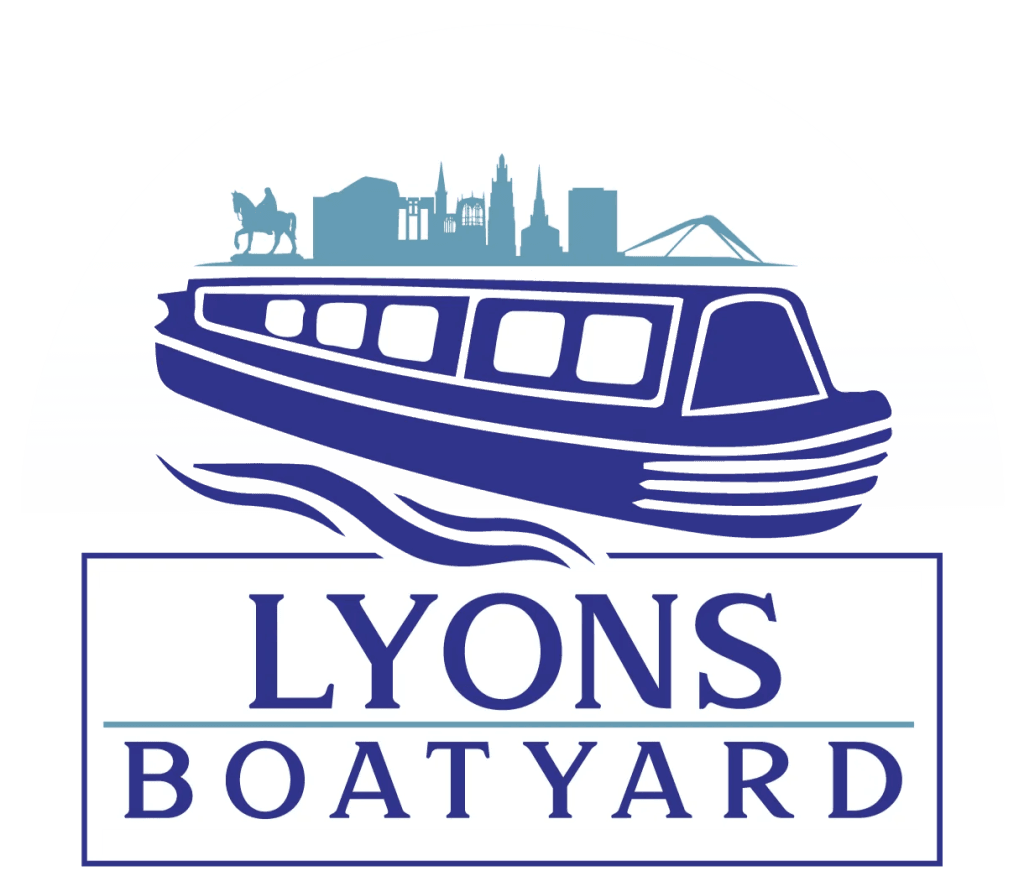Britain has over 2,000 miles of canals that form a network through the heart of the country. At one time, they were essential arteries to connect towns, cities and ports at the height of the Industrial Revolution; carrying coal, textiles and goods to and from the numerous factories and mills.
Over time, the canals were superseded by railways and by the mid-20th century, much of the network had fallen into disuse and disrepair. However, a conservation effort began to gather pace during the 1960s, and now Britain’s canals have over 2,700 listed structures and monuments.
The canals themselves are mainly used for leisure and recreation, such as boat trips and fishing. There are also hundreds of miles of canalside paths in use for walkers and cyclists. Canal boat hire is a popular way to enjoy a holiday at a gentle pace, and observe the heritage of our waterways. Here are some of the bridge styles to look out for.
Canals severed areas of land that were often densely populated, so it was necessary to build frequent bridges. One of the most common styles of canal bridge you will encounter is the hump backed bridge built from brick or stone, which arch over the canal to allow for boats to pass underneath. Many original hump backed canal bridges survive today.
Another common style of bridge was made from cast iron, and many still endure today, particularly around the Midlands. They typically have a gentle arch and vertical painted iron railings. Wooden bridges were also popular as they were quick and cheap to build, although prone to rotting, and more commonly used for foot bridges rather than road bridges.
Canal aqueducts that carry the waterway over a valley or river are a remarkable feat of engineering. There are about 26 surviving examples throughout the UK. The largest and most well known of these are the Pontcysyllte Aqueduct over the Llangollen Canal in Wales and the Edstone in England.
Some canal bridges swing open to allow for the passage of larger vessels. Bascule bridges lift up from the side, and swivel bridges turn around a fixed point. Older opening bridges were built from timber, while later examples are made from cast iron. Many have been replaced by more time efficient overbridges.
Turnover bridges, sometimes also known as roving bridges or snake bridges, feature a gentle curving ‘S’ shaped pathway over the bridge to allow a horse towing a boat to cross over without the tow rope becoming entangled. The pathway was studded with bricks to help prevent the horses’ feet from slipping.
These bridges were usually built from brick or stone, and some attractive examples can be found along the Macclesfield canal in Cheshire. Finally, lock bridges are small footbridges for the convenience of boat operators.
You will encounter several bridges on your trip. Be aware that many older bridges are narrow with low clearance, so extra care should be taken on the approach.
